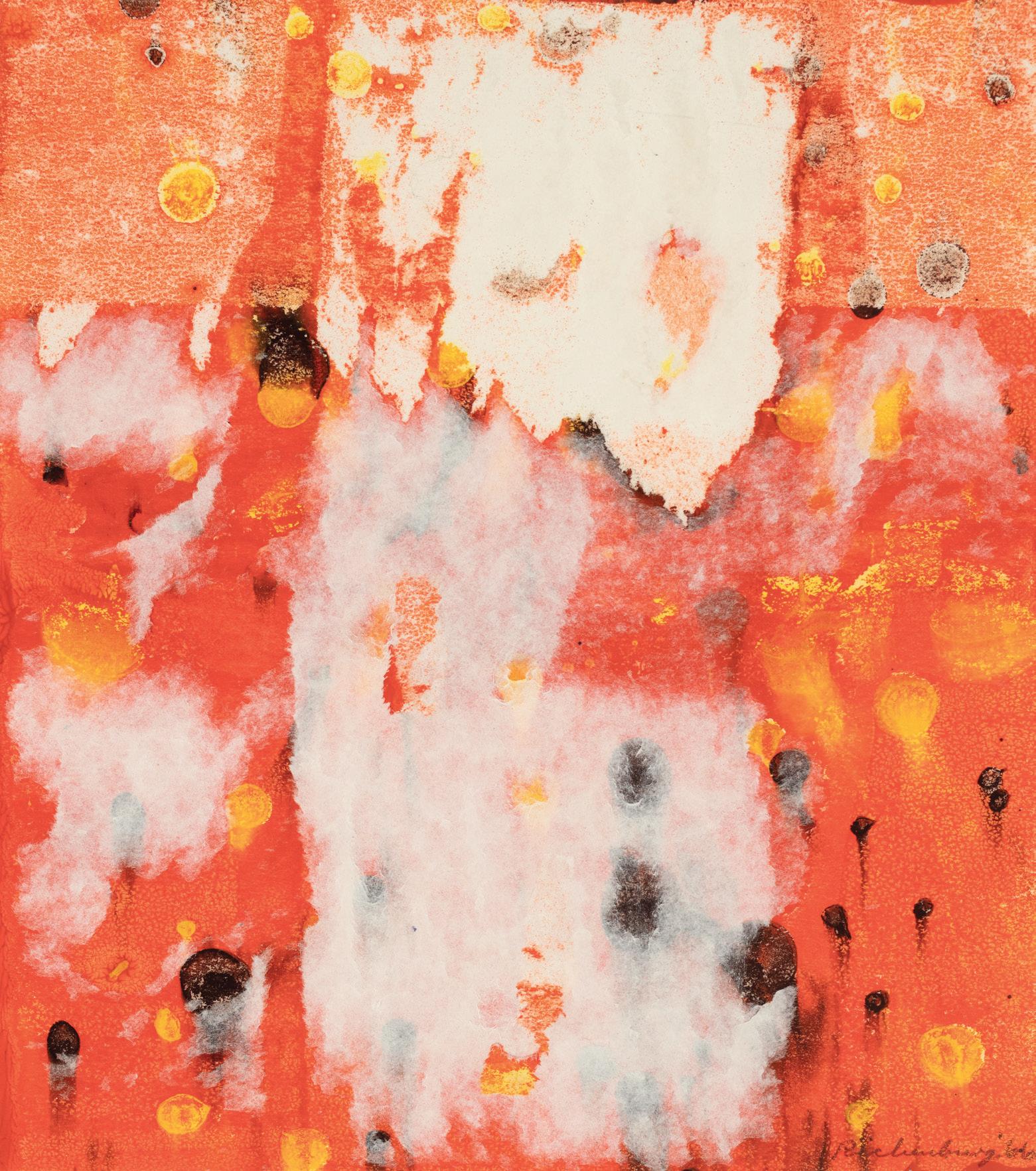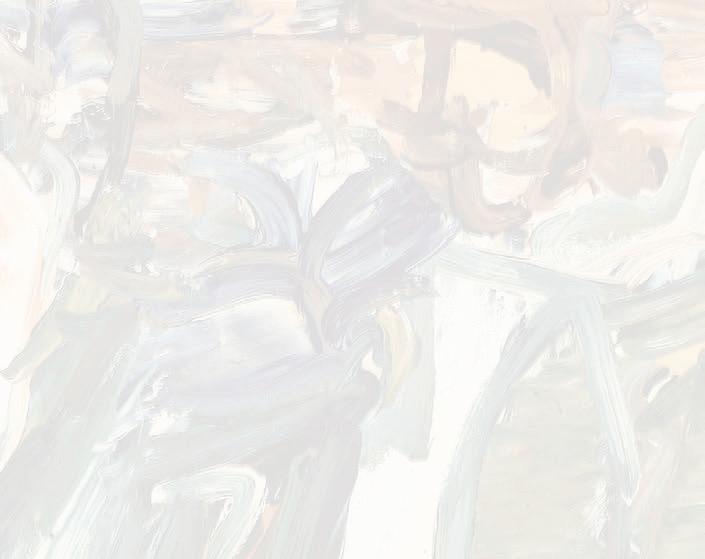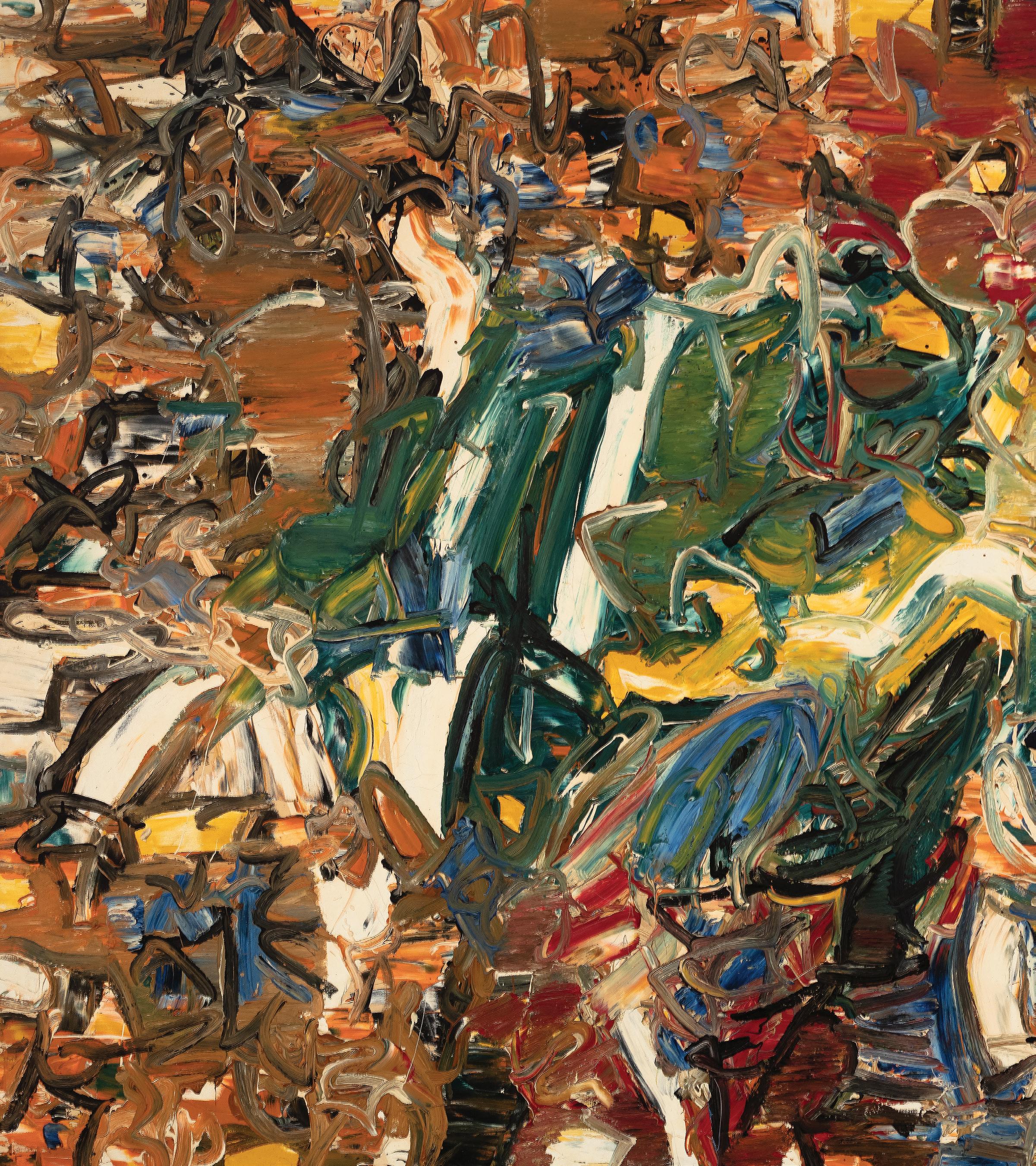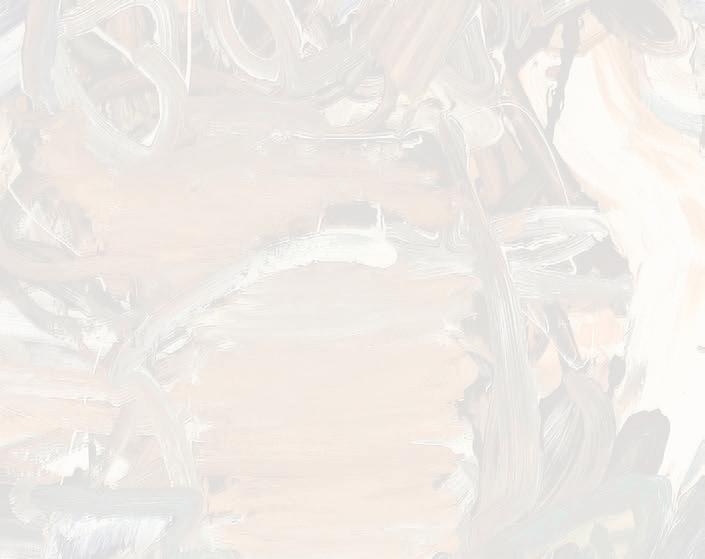Robert Richenburg











Richenburg, one of the more forceful Abstractionists in New York, explores the conflict between a forbidding repression and a flamboyant sensuality, between masculine will and feminine passion, and between dark and light... [His] abstractions are intense, original and commanding. Irving Sandler, Art News, 1961















Robert Richenburg (July 14, 1917 – October 10, 2006) was an Abstract Expressionist artist based in New York City, whose paintings were widely acclaimed in the 1950s and 1960s. Richenburg’s career as a painter followed training in his teens at the Boston Museum of Fine Arts, art history studies at George Washington University, courses at the Corcoran School of Art in Washington, D.C. and at the Art Students League in New York, and service in World War II as a combat engineer dealing with explosives, mines and booby traps. Within five years of his return to the States, Richenburg had studied with Amédée Ozenfant and Hans Hofmann, lived for a year in Provincetown, Massachusetts (where he then began spending summers), and joined The Club in New York.
In 1950, while still a student of Hans Hofmann, Richenburg exhibited at the Museum of NonObjective Painting (later the Guggenheim). The following year was an inflection point in Richenburg’s career when Leo Castelli selected one of his works for the historic 9th Street Exhibition, and he began a long-term teaching position at Pratt Institute. His colleagues at Pratt included Franz Kline, Adolph Gottlieb, Jack Tworkov, Philip Guston, Milton Resnick and Tony Smith. By 1961, critic Irving Sandler declared that “Richenburg emerges as one of the most forceful painters on the New York Art Scene.” Thus began a career in which Richenburg’s paintings were widely exhibited and reviewed, and purchased by major collectors (e.g., Walter Chrysler, Joseph Hirshhorn) and museums (e.g., the Whitney Museum of American Art, the Museum of Modern Art).
Robert Richenburg was an artist whose creativity was central to his very being, and he had strong opinions about what it meant to be an artist. Some of his aphorisms included “to paint a painting is to kill a thought” and “to think while painting is a form of degradation.”
Ultimately Richenburg’s fealty to the creative process would push him away from Pratt when he was pressured to resign for not restricting a pupil’s expression in their art. In a 2016 interview with the Brooklyn Rail, that very artist, Mierle Laderman Ukeles, would recognize Richenburg’s insistence on creative fidelity as one of her most formative moments as an artist.
Findlay Galleries has been the exclusive representative of the Richenburg estate since 2001 and we are honored to continue to explore and document his artistic achievements.
Richenburg and The 9th Street Exhibition
In 1951 Robert Richenburg participated in the historic 9th Street Exhibition of Painting and Sculpture. Although the exhibition only lasted twenty days, its influence has persisted for generations, helping to make New York the epicenter of the art world.
Hailed as the first exhibition to showcase Abstract Expressionism, the show served to highlight the creative genius of American artists distinct from their European counterparts. The exhibition was organized by the artists of the New York School to share their works with the public. The demand to exhibit one’s work was great, as many abstract artists struggled to gain critical recognition because of the radical nature of the work; therefore, each artist was only allowed one piece.
Occupying a basement in a soon to be demolished building in Greenwich Village, seventy-two artists, eleven of whom were women, introduced the world to the New York post-war avant-garde. Though the exhibition generated minimal critical response, besides a brief announcement in the New York Times and in Artnews, it drew public interest. The exhibition brought international acclaim and exposure to artists including Jackson Pollock, Lee Krasner, Willem de Kooning, Robert Richenburg and Hans Hofmann and beyond the realms of the downtown Manhattan art scene. Art historian Mary Gabriel noted that, “nothing sold, but no one cared. The exhibition had earned the artists attention on their own terms.” From then on, the uptown Stable Gallery held an annual homage to the exhibition, becoming the representative gallery for 1950s Abstract Expressionism. The groundbreaking nature of the works shown legitimized not only the artists, but a new modern way of creation.




















































“In painting, consistency is the coward’s best defense.”
“Honest men, like honest pictures, have a look of strangeness when first encountered.”
Robert Richenburg, It Is Magazine, Issue 2, 1958

















Biased






Following in the footsteps of both Valéry and Goya (another of his personal heroes), during a career that has spanned over six decades, the art of Robert Richenburg continues, as Ashton once remarked, “to disturb the eye, forcing it to look between the crusts for the real painting beneath.” Now, that’s what I would call the prime attribute of romantic art in its very best sense.
Ellen G. Landau, Case Western Reserve UniversityHomage to Valery, 1960 oil on canvas 90 x 80 in. FG© 203996





(right)



(left)





















































SELECTED MUSEUM COLLECTIONS
Arkansas Arts Center, Little Rock AR Chrysler Museum of Art, Norfolk, VA Guild Hall Museum, East Hampton, NY Heckscher Museum of Art, Huntington, NY Hirshhorn Museum, Washington, DC Hofstra University Museum, Hempstead, NY Instituto Valenciano de Arte Moderno, Valencia, Spain

Ithaca College Museum, Ithaca, NY Johnson Museum of Art, Cornell University, Ithaca, NY Muscarelle Museum of Art, College of William and Mary, Williamsburg, VA Museum of Modern Art, New York, NY Parrish Museum of Art, Southampton, NY The Norton Simon Museum, Pasadena, CA Philadelphia Museum of Art, Philadelphia, PA Pollock-Krasner House East Hampton, NY Provincetown Art Association and Museum, Provincetown, MA Rose Art Museum, Brandeis University, Waltham, MA University Art Museum, UC Berkeley, CA University of Texas Art Museum, Austin, TX Whitney Museum of American Art, New York, NY Yale University Art Gallery, New Haven, CT Zimmerli Art Museum, Rutgers University, New Brunswick, NJ
Broken Continuity, 1962





















